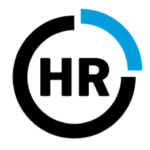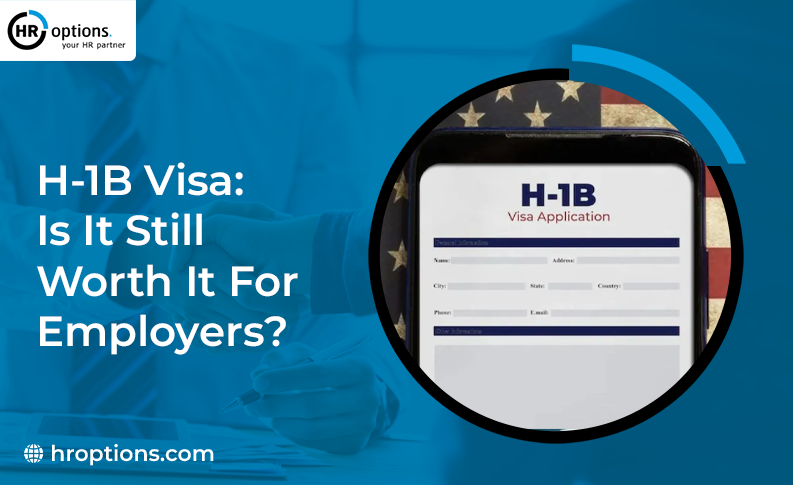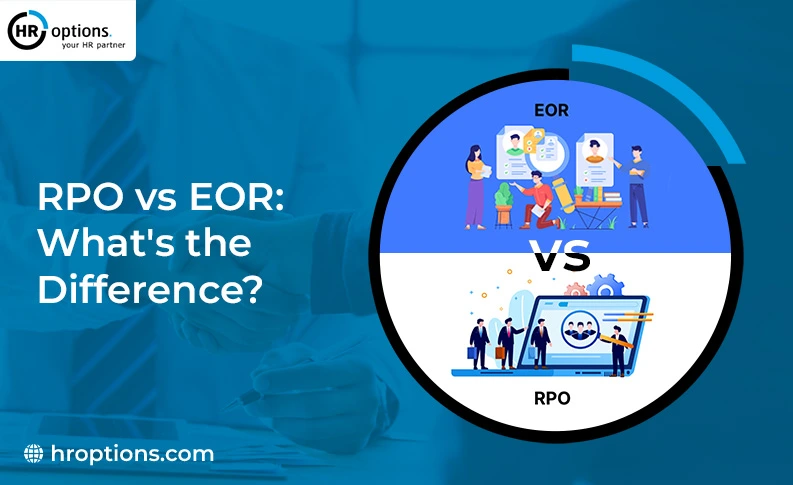CLOSING THE SKILLS GAP
The US has approximately 9.8 million job openings needing to be filled. Yet, over 50% of all American companies say they can’t find qualified candidates to fill these positions.
WORKPLACE TRENDS #2: CLOSING THE SKILLS GAP
 Kirk Herring
Kirk Herring
HR Project Manager | Sr. Recruiter
The lack of a skills base in the workforce is a major concern to US competitiveness. This issue will progress until the college curriculum aligns with the current job marketplace, but there are several things employers can do to adjust their thinking and close the skills gap within their own organization.
ADJUST YOUR SEARCH
There is one way college students can approach their education in preparation for a desired career path, which employers should also consider when they map out the qualifications for open positions. The core value of a college education it to “learn how to learn”, not “learn how to work”.
According to Bloomberg, the most desired traits that companies seek in their employees, and the hardest to find in candidates, are; strategic thinking, creative problem solving, leadership, communication skills, analytical thinking, and the ability to work collaboratively. None of these skills are job specific.
Consider adjusting your candidate requirements to “does this candidate have the ability to learn this job” rather than “does this candidate have the specific experience that matches the day-to-day job activities”. With obvious exceptions to complex knowledge-based industries (structural engineering, CPA, lawyer, etc.), candidate job skills that utilize a level of thinking and execution in one field, can easily be the perfect fit in a comparable field.
With over 86% of all employees thinking of a career change at any given time, the likelihood that your perfect candidate comes from a comparable field are high.

UTILIZE EXISTING RESOURCES
Adjusting your candidate criteria to a “learn how to learn” baseline isn’t going to always be appropriate for mid to upper-level management positions within your organization. The specific skills required can be costly and time consuming to find from an outside candidate pool.
Many companies bottleneck their job structure by not planning ahead for internal growth for their employees – thus contributing to increased decline in employee retention. By promoting from within, you ensure a tenured advancement of existing trained employees, and open up positions that are less skill specific, and more aptitude specific.
From a cost standpoint this can be beneficial as well. With pay raises ranging from 4% – 8% in the US, you can save money on both the promoted employee, and the less-skilled new employee you are hiring.
ADVOCATE FOR WORK TRAINING PROGRAMS
Gone are the days when learning a new job skill means going back to school. It is not convenient, affordable or realistic to take time for these types of programs – especially when you may only need to learn a few new skills.
Work training programs within your company can get you the most bang for your buck, and again, ensure long-term retention of existing employees. While these programs are an essential part of any company, consider adjusting or expanding your internal training programs to focus on employee advancement for the long-term, rather than just teaching specific skills needed for the employee’s job.
Offering management skills, analytical thinking, and strong leadership training that goes beyond job-specific training, will pay off in the long-run.
PARTNER WITH EDUCATION
Much can be said about the lack of quality higher education in the US, or how poorly US graduates fare on the Global Competitive Index. Even with the US Department of Labor recently unveiling a $175 million grant for free community college education, and other education reform, it will take years before quantitative results are felt from these programs.
Companies need to start working with local universities and colleges to discuss real-world needs of graduating job seekers and align college curriculum with the current marketplace. By working with these institutions of higher learning locally, you can attract local graduates who have stronger ties to the community, and attain longer employee retention in years to come.

For over 35 years, HR Options® has provided highly personalized solutions aimed at identifying and filling supplemental human resource needs for clients throughout the U.S. and Canada. Whether augmenting your HR department or serving as a complete outsourced solution, our suite of services and experienced professionals will help you navigate through complex and ever-evolving employment regulations in the US and Canada.
GET EVERY NEW COVID-19 BEST PRACTICE RESOURCE
Receive exclusive access to our library of COVID-19 resources.
RELATED ARTICLES
WORKPLACE TRENDS #1: MOBILE JOB SEEKERS
WORKPLACE TRENDS #3: NOW HIRING – GENERATION Z
WORKPLACE TRENDS #4: SOCIAL MEDIA – ENGAGE AND EXCHANGE
OTHER ARTICLES
Why Use Third Party Employment Services
Co-Employment and the Risks It Comes With
NEW FRONTIER: ENTERING THE CANADIAN MARKET








